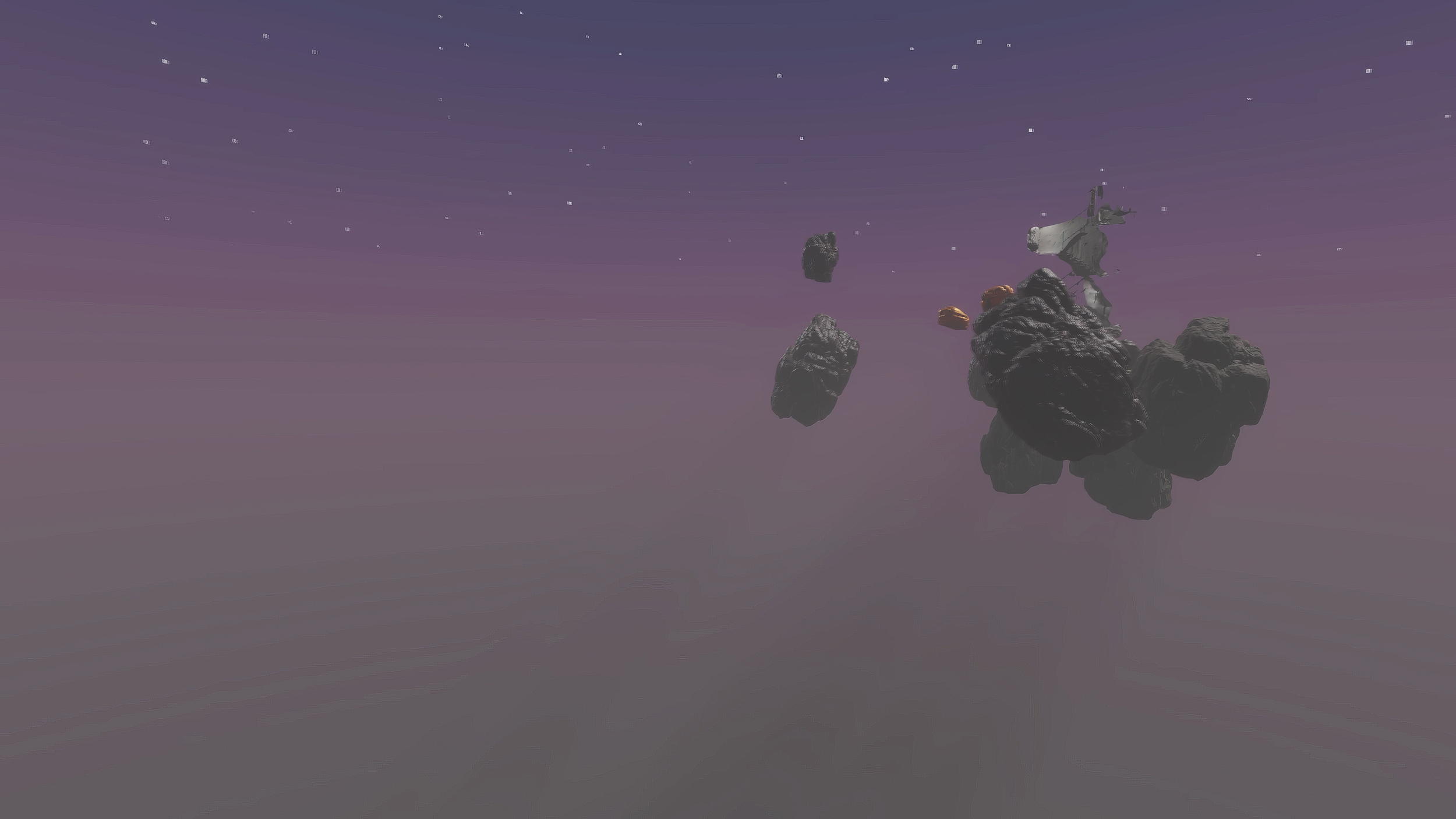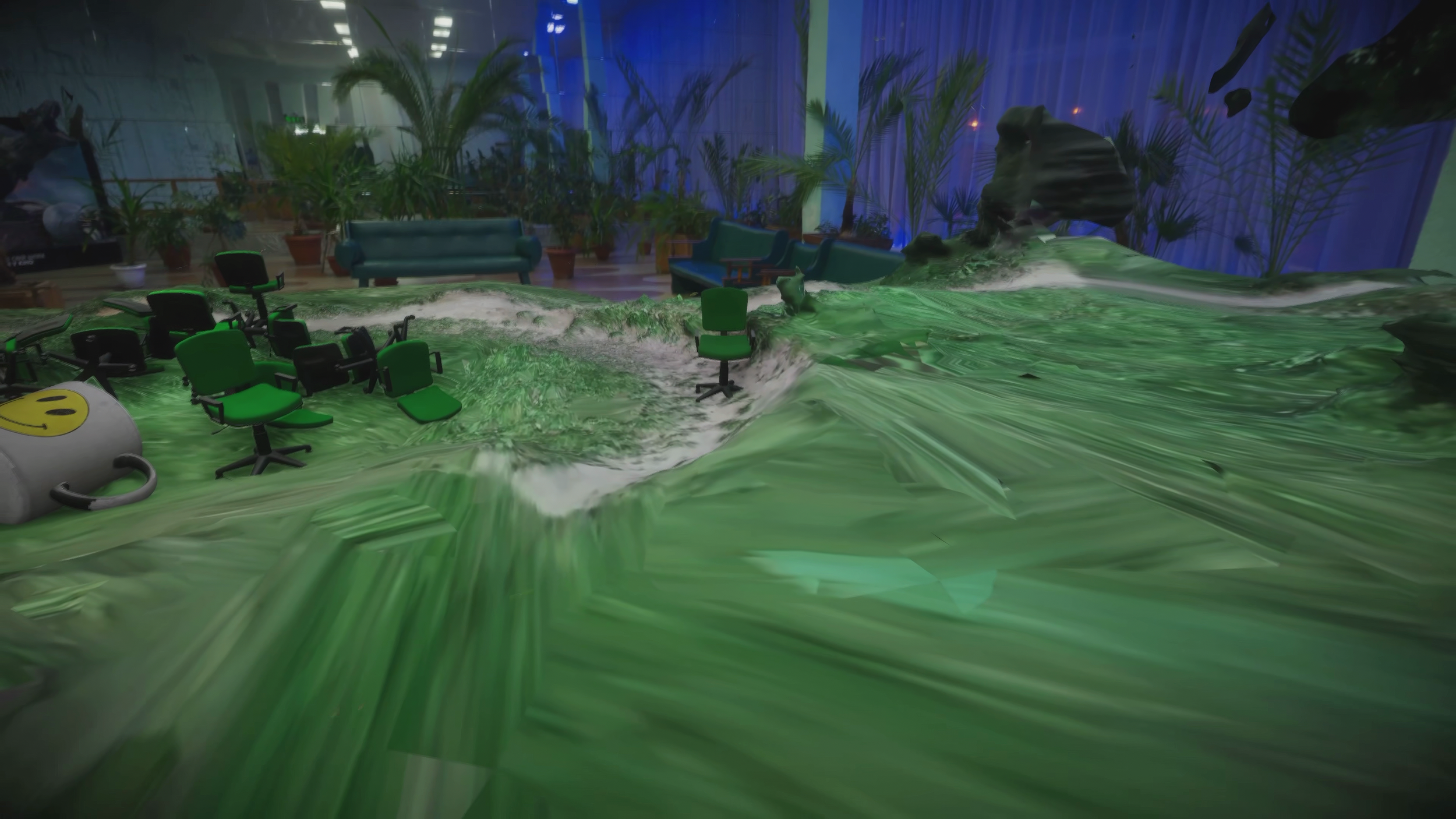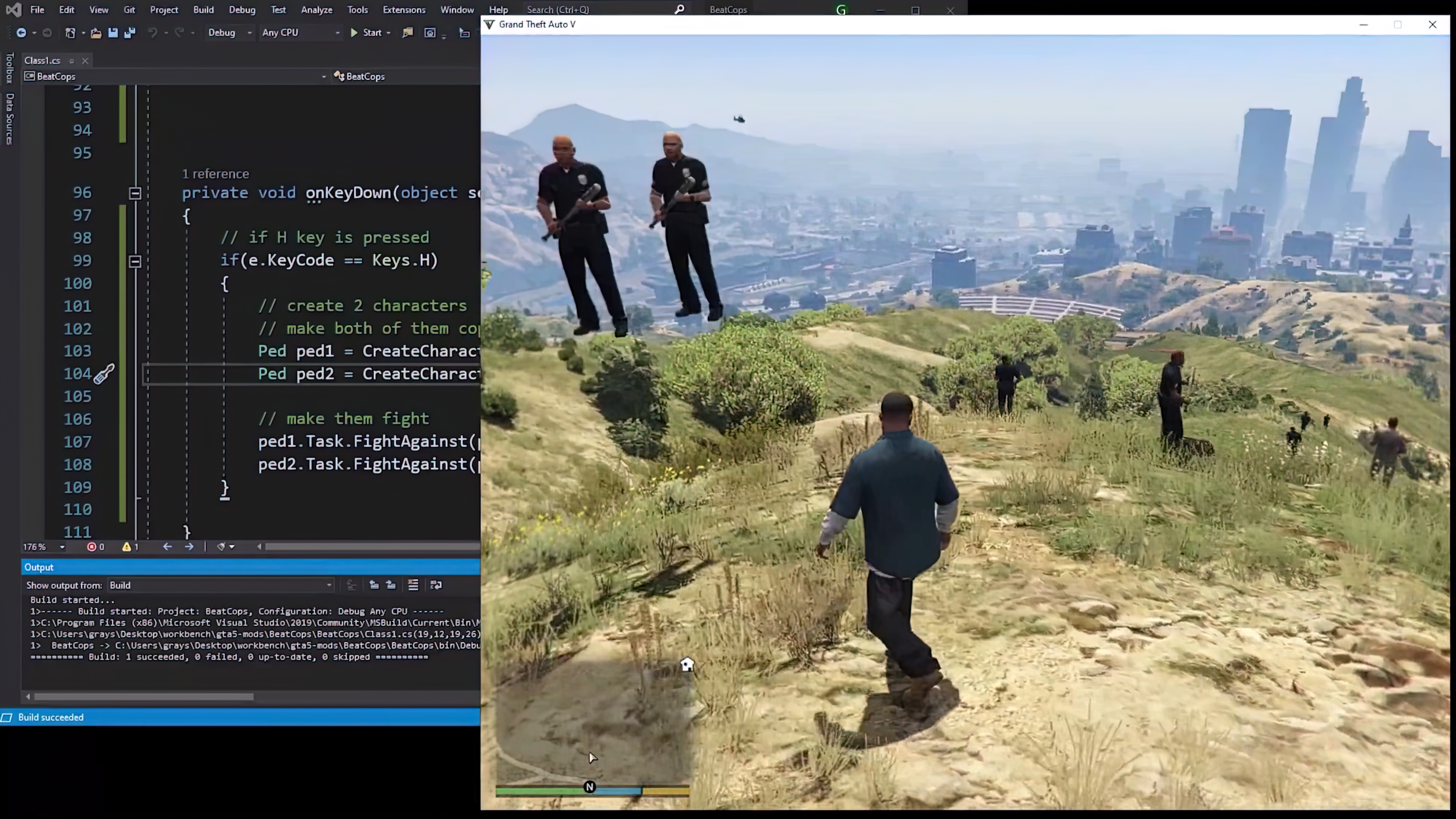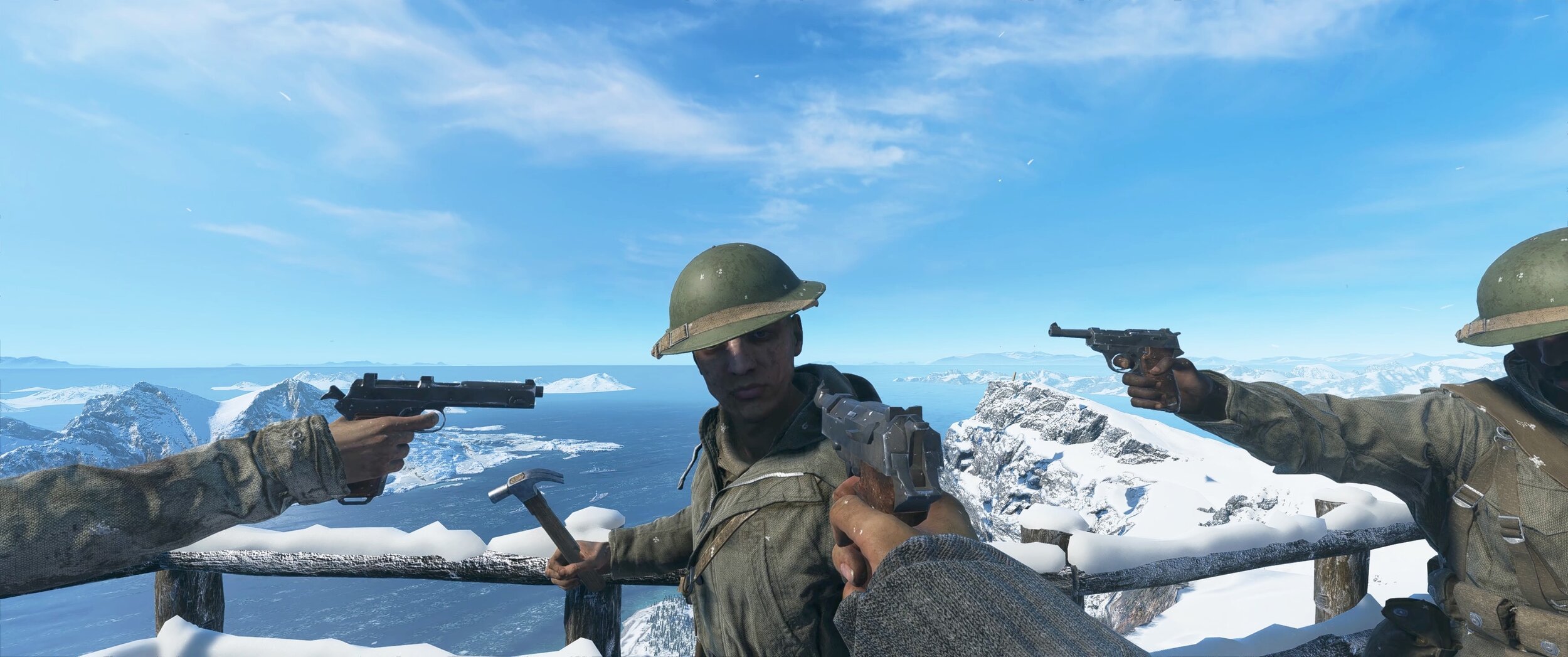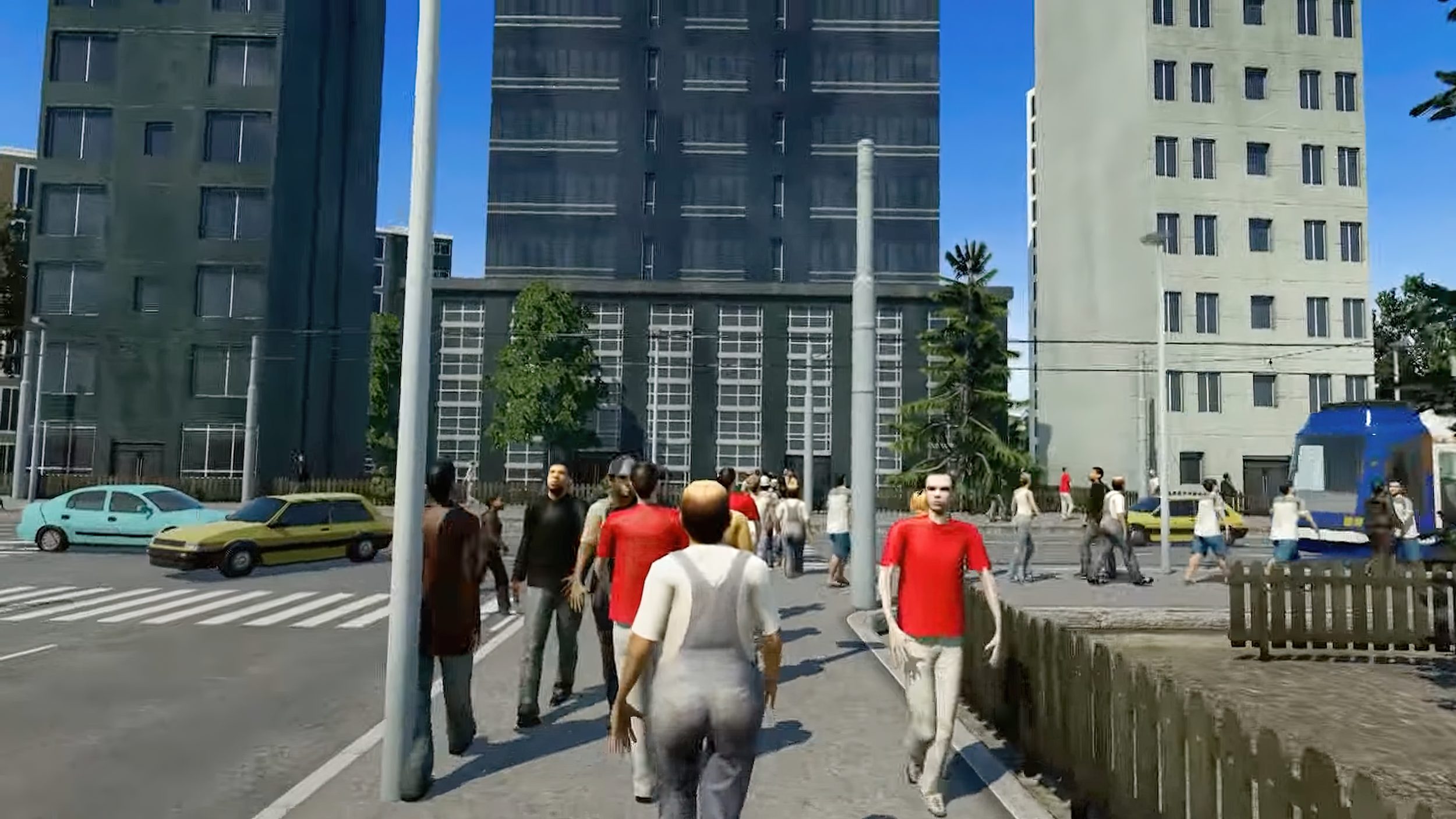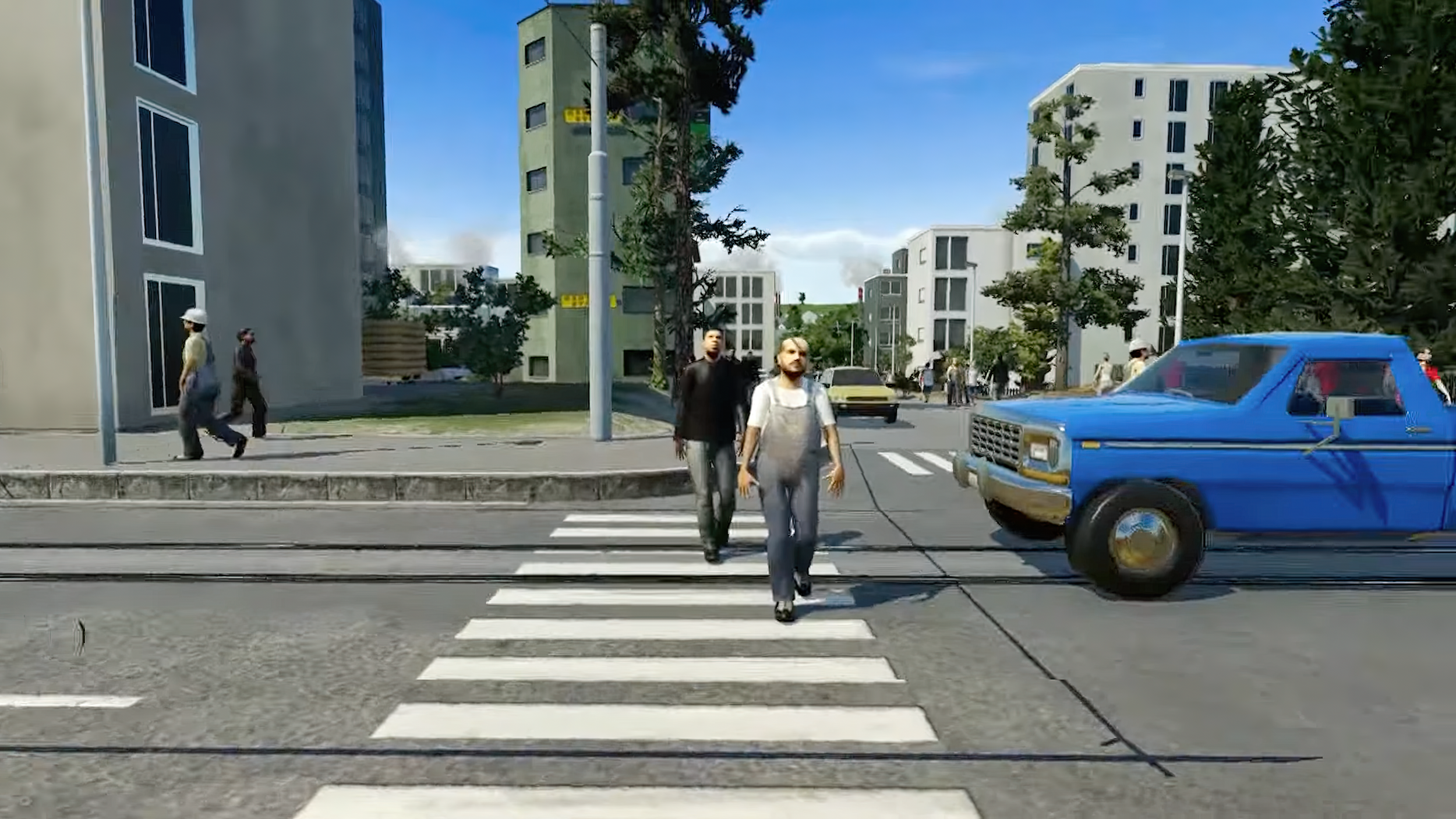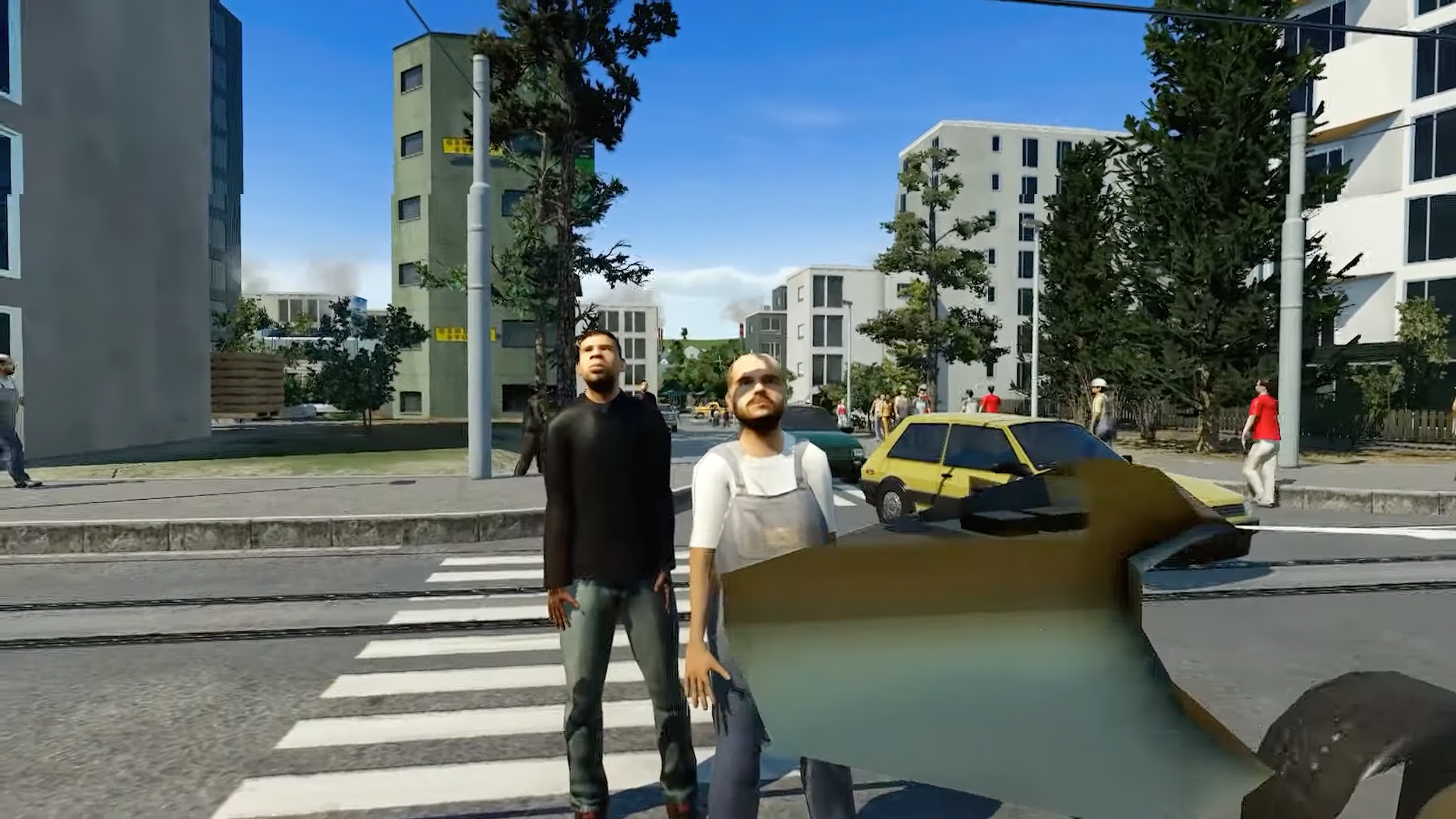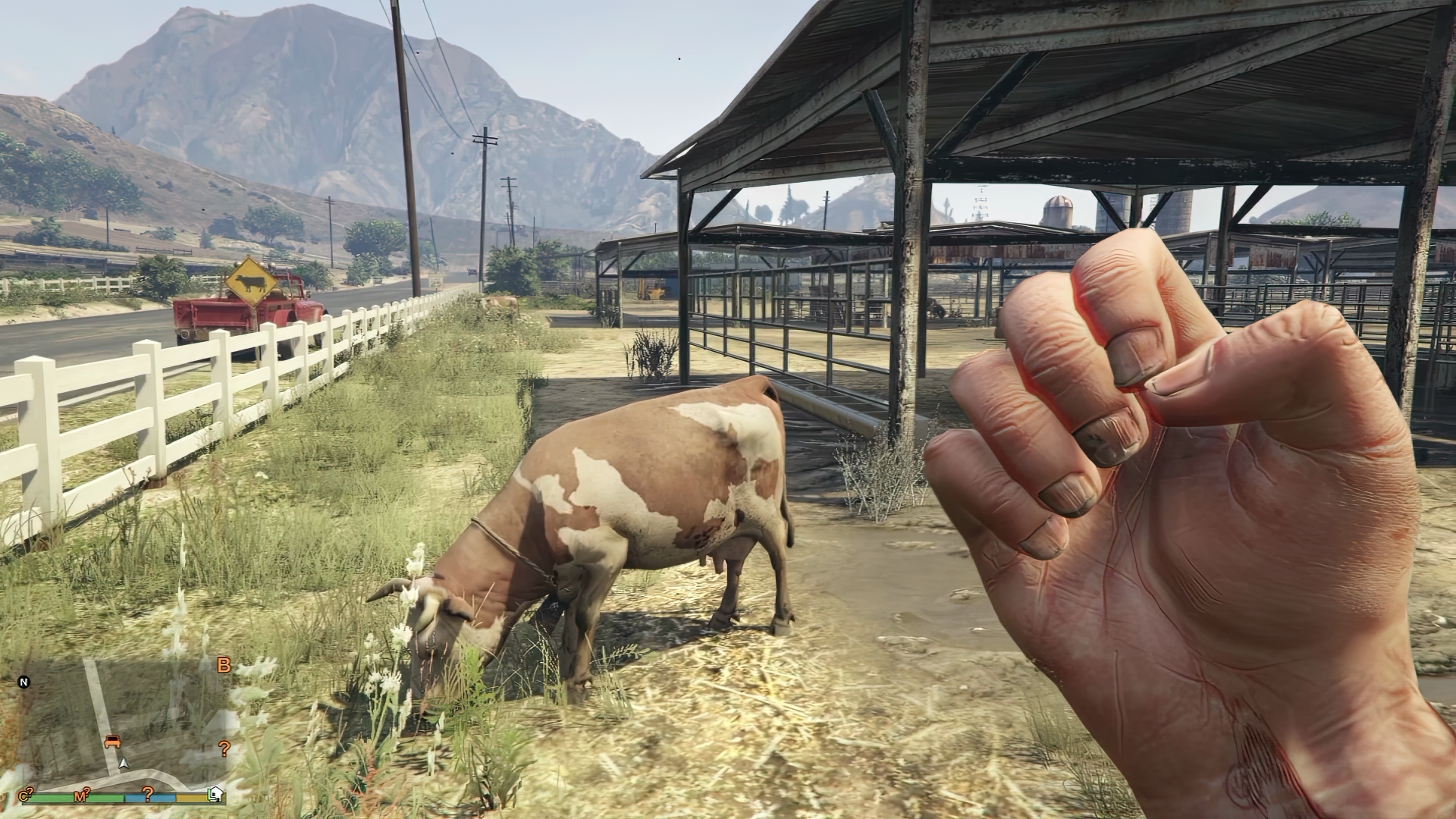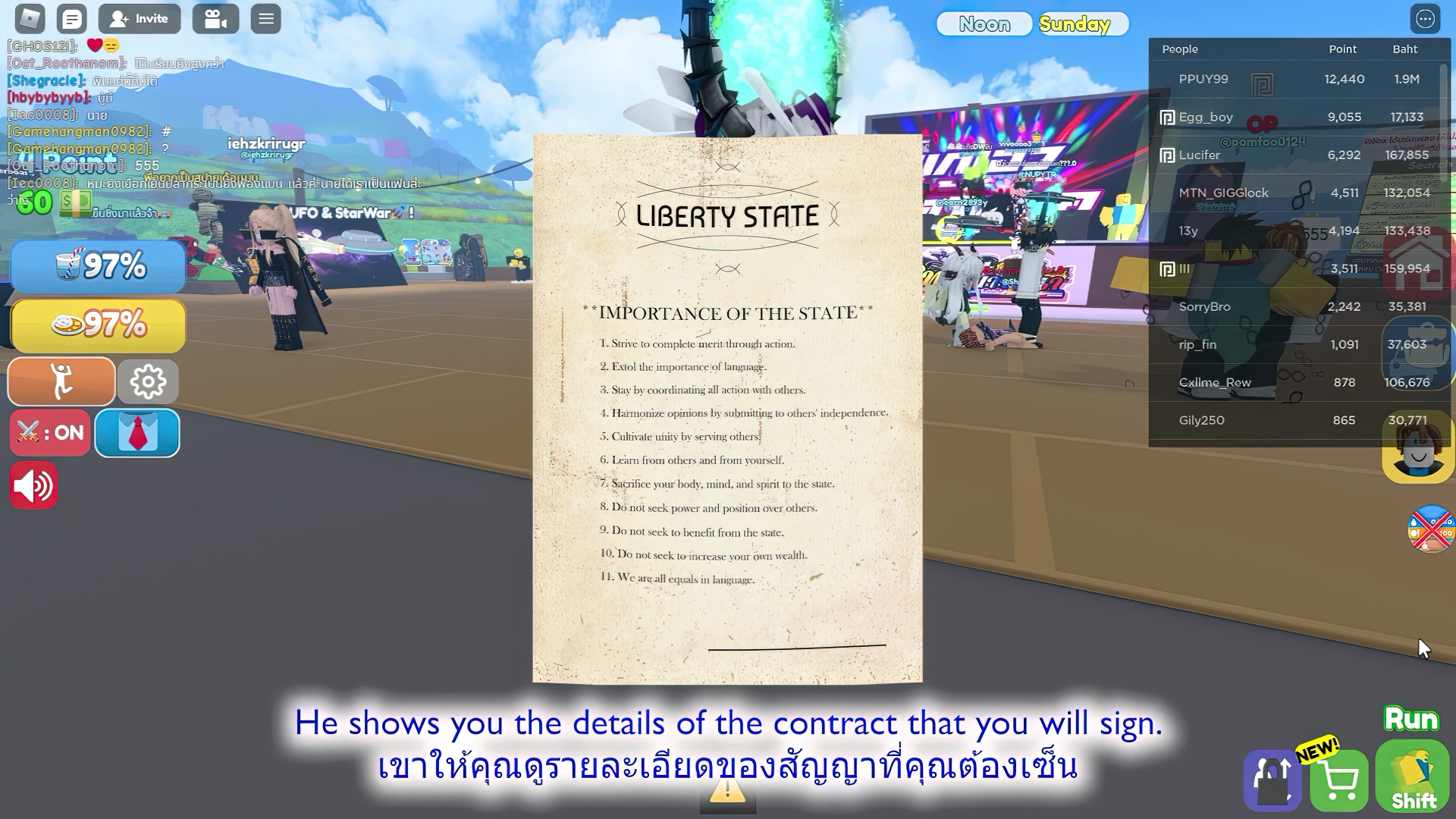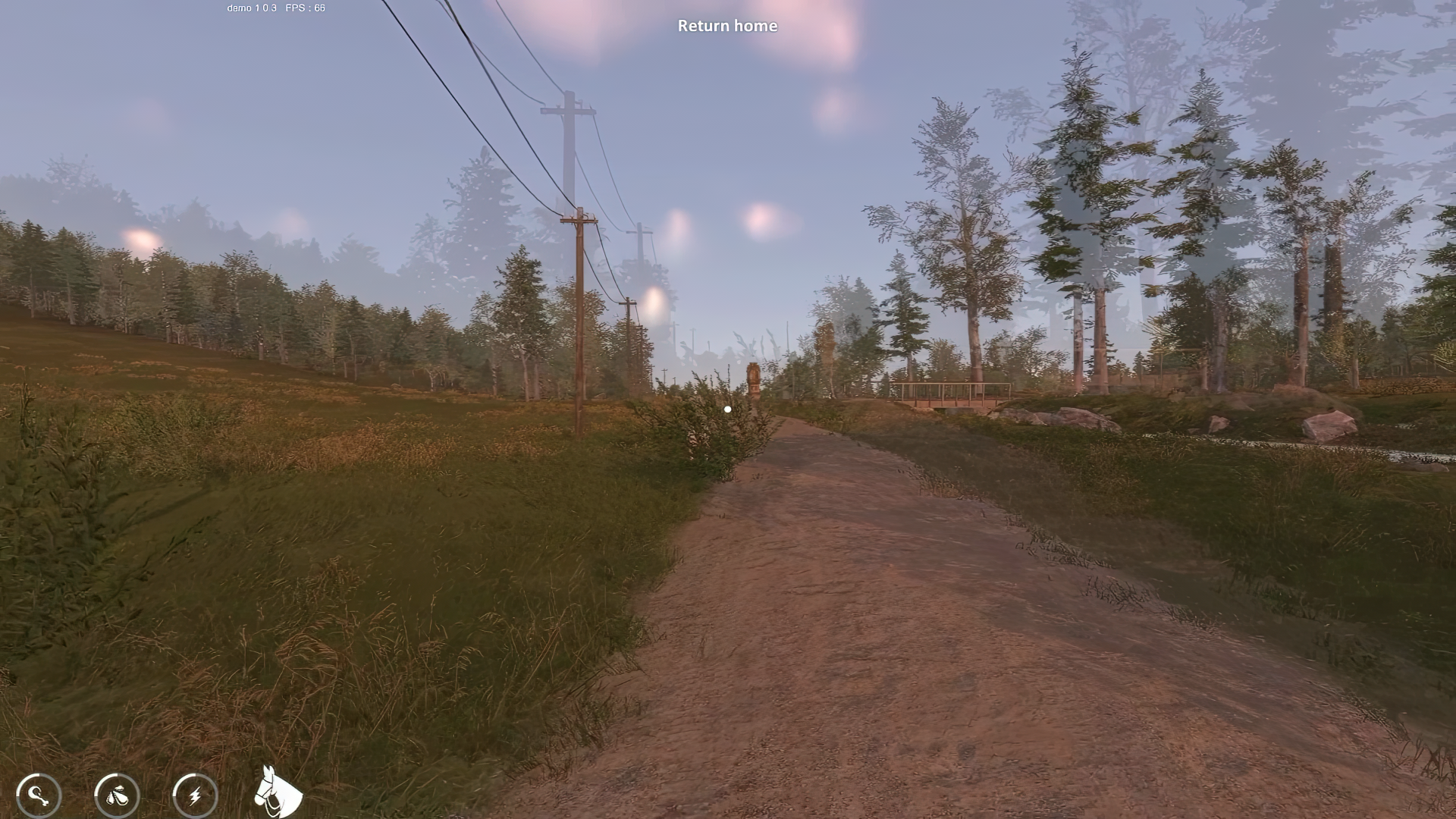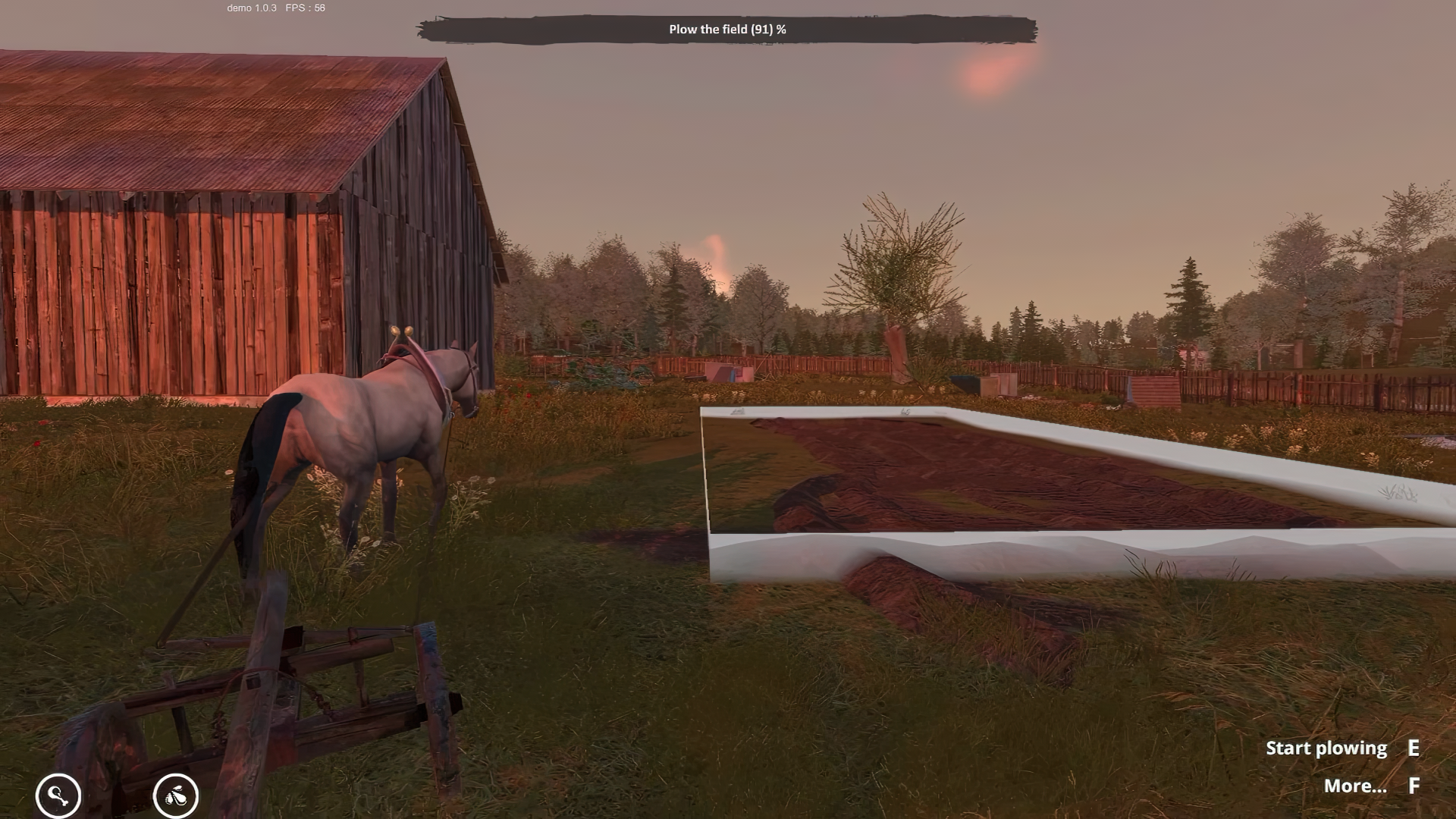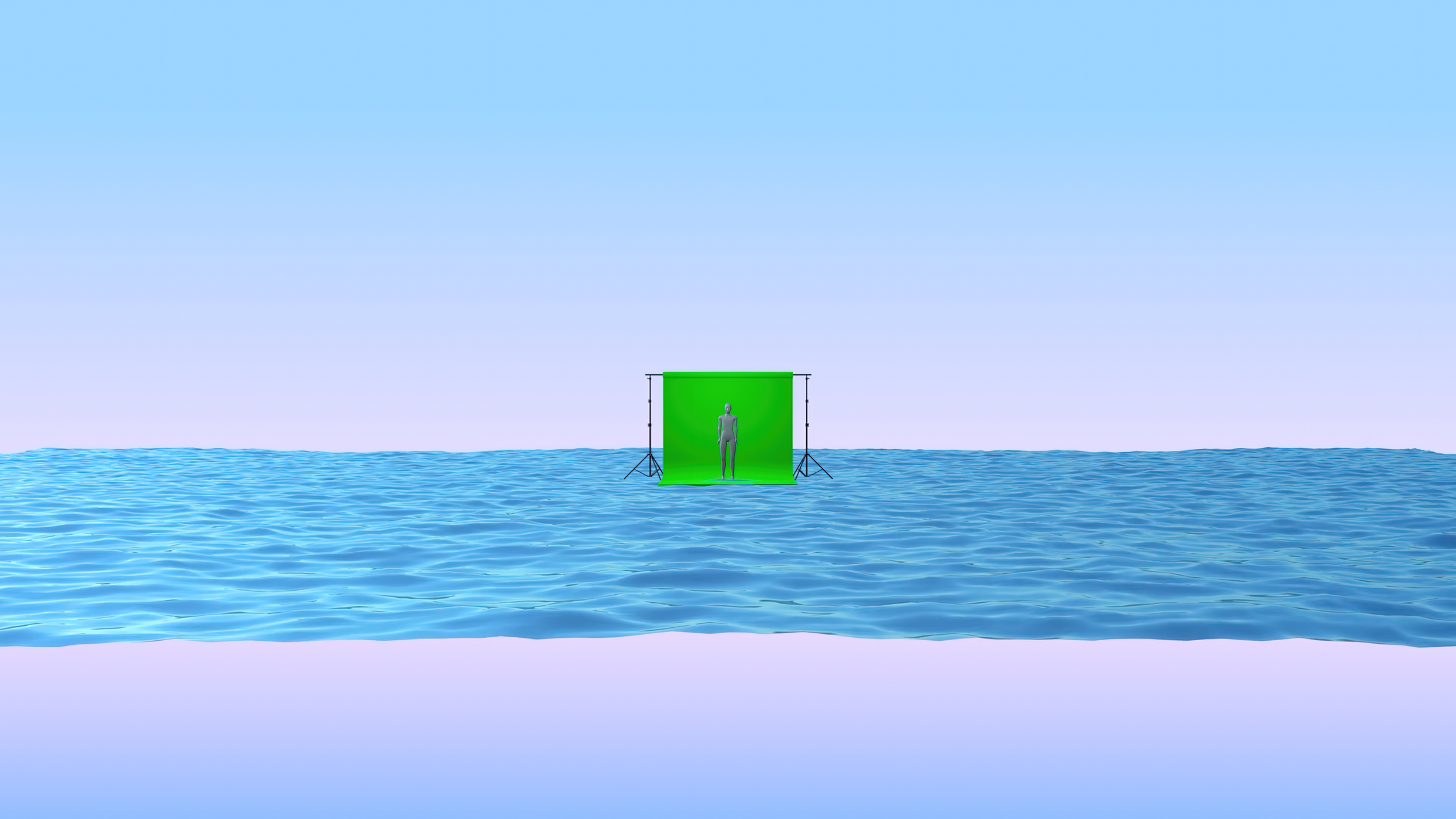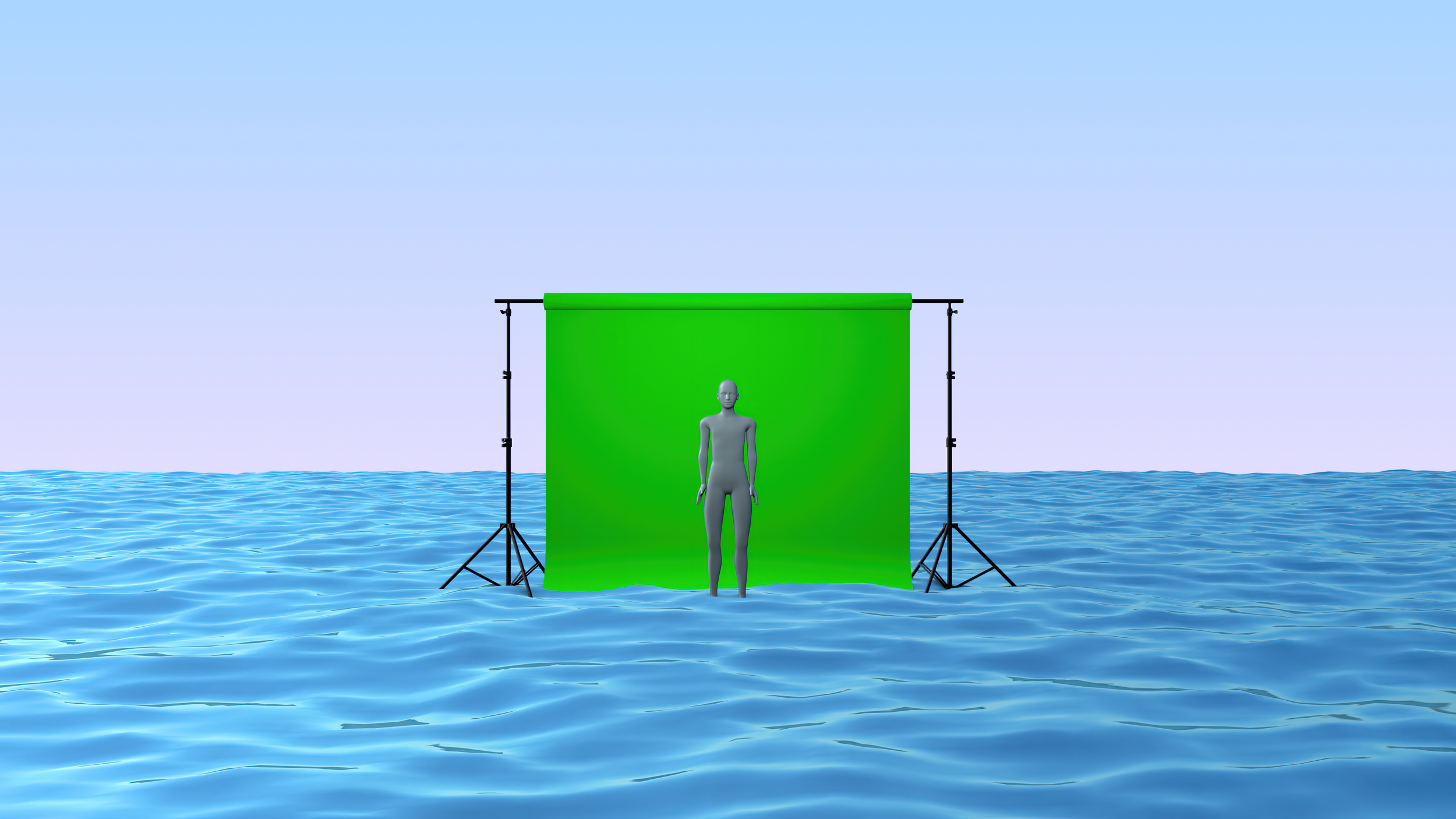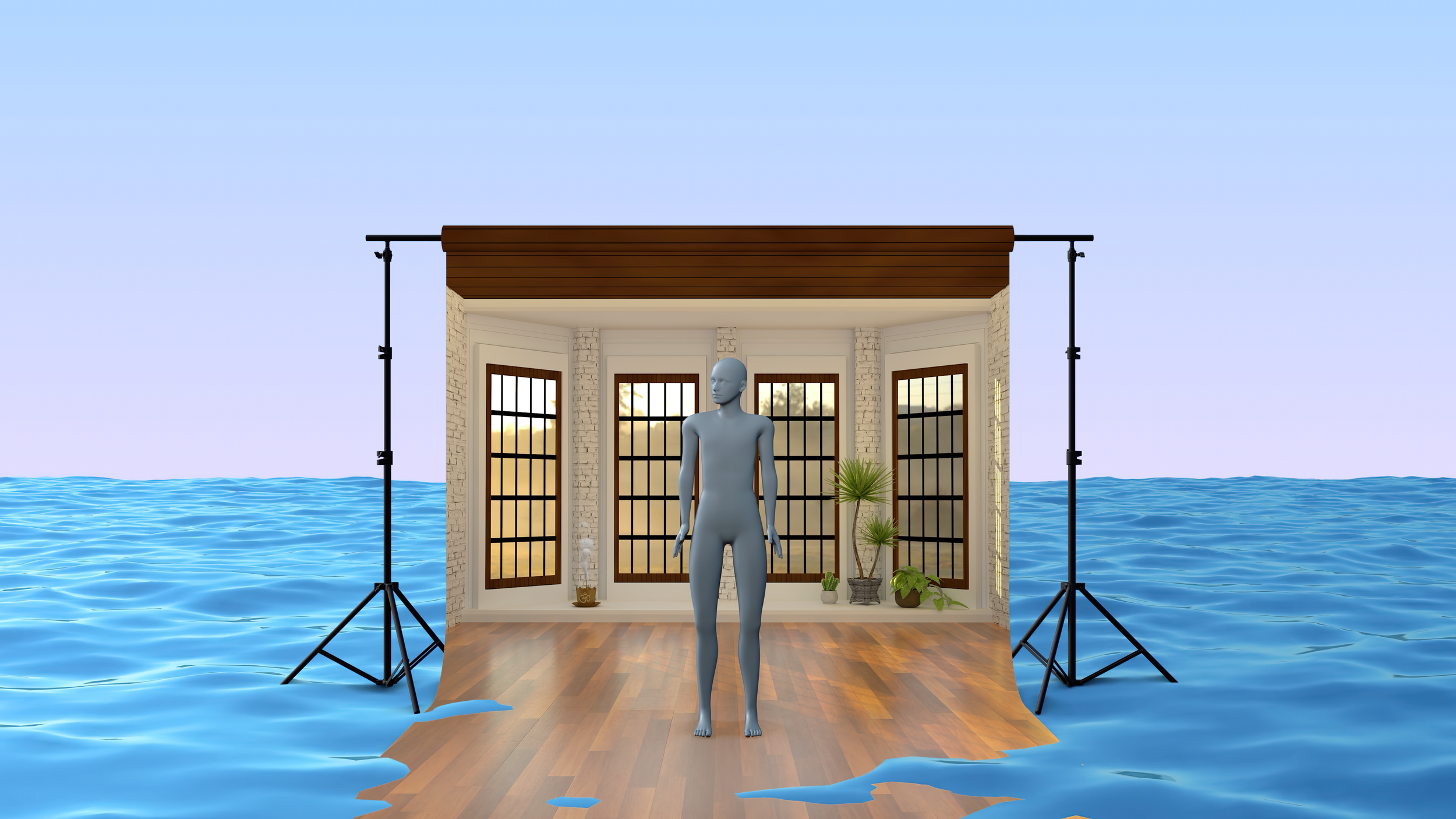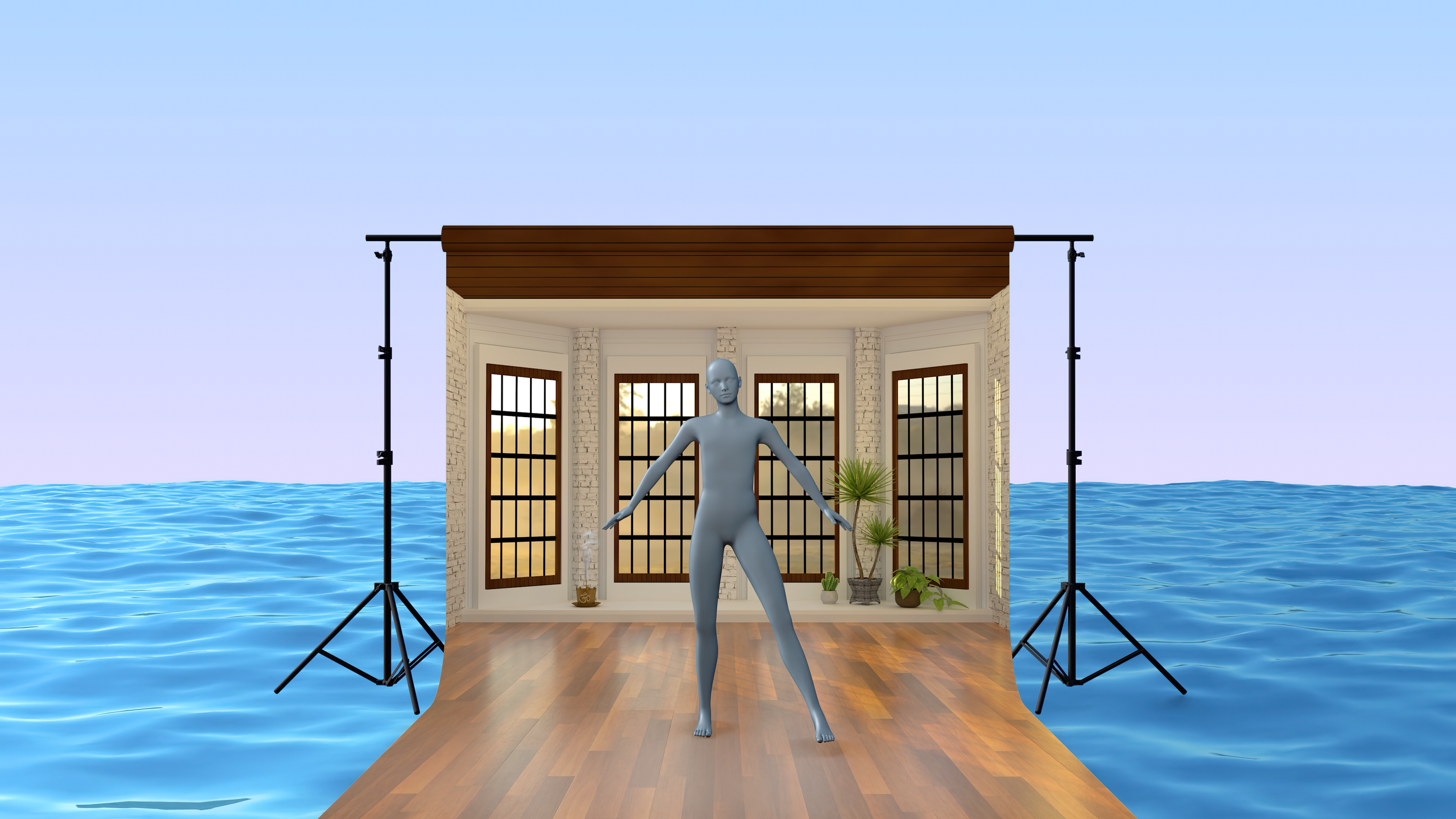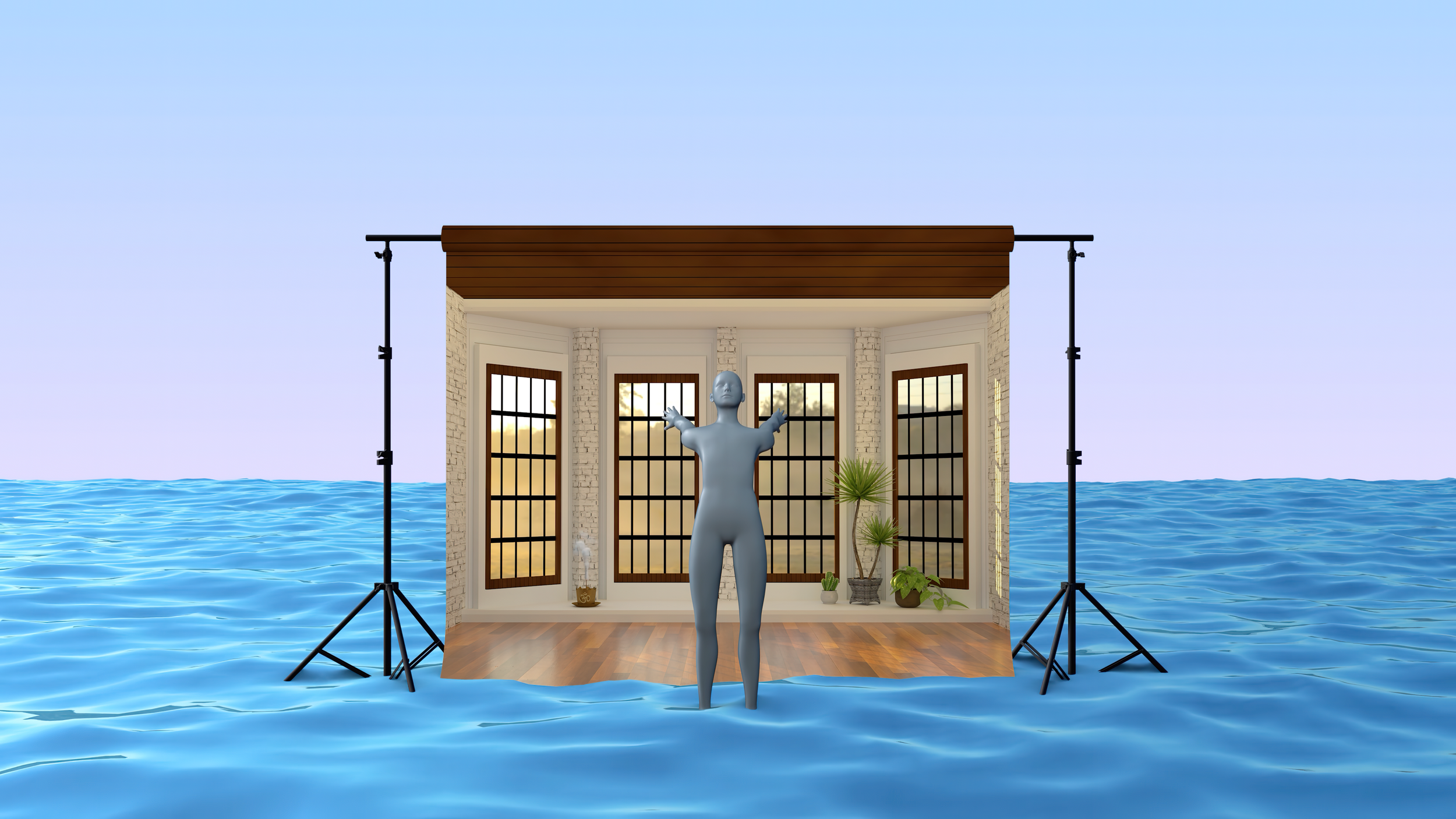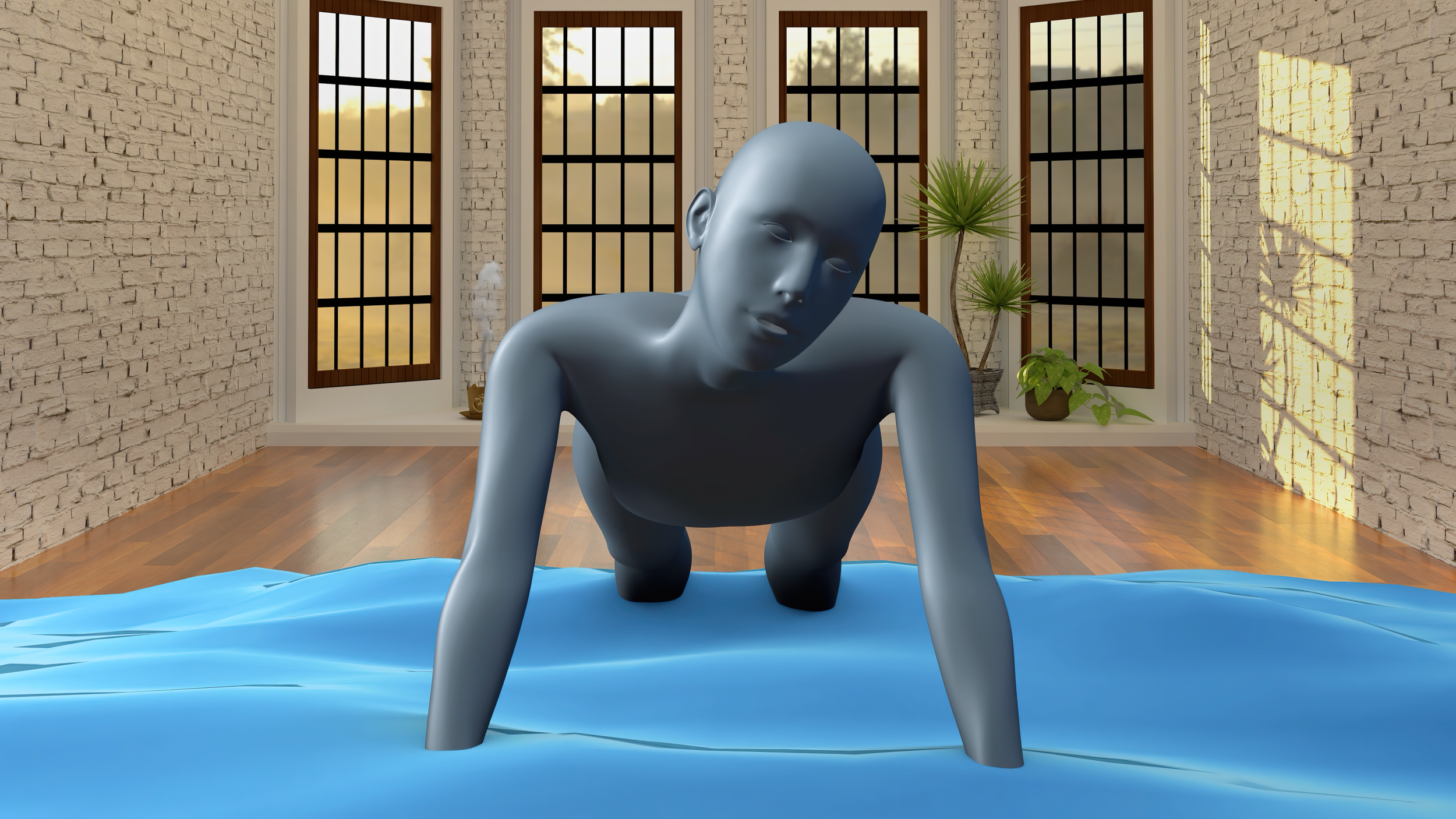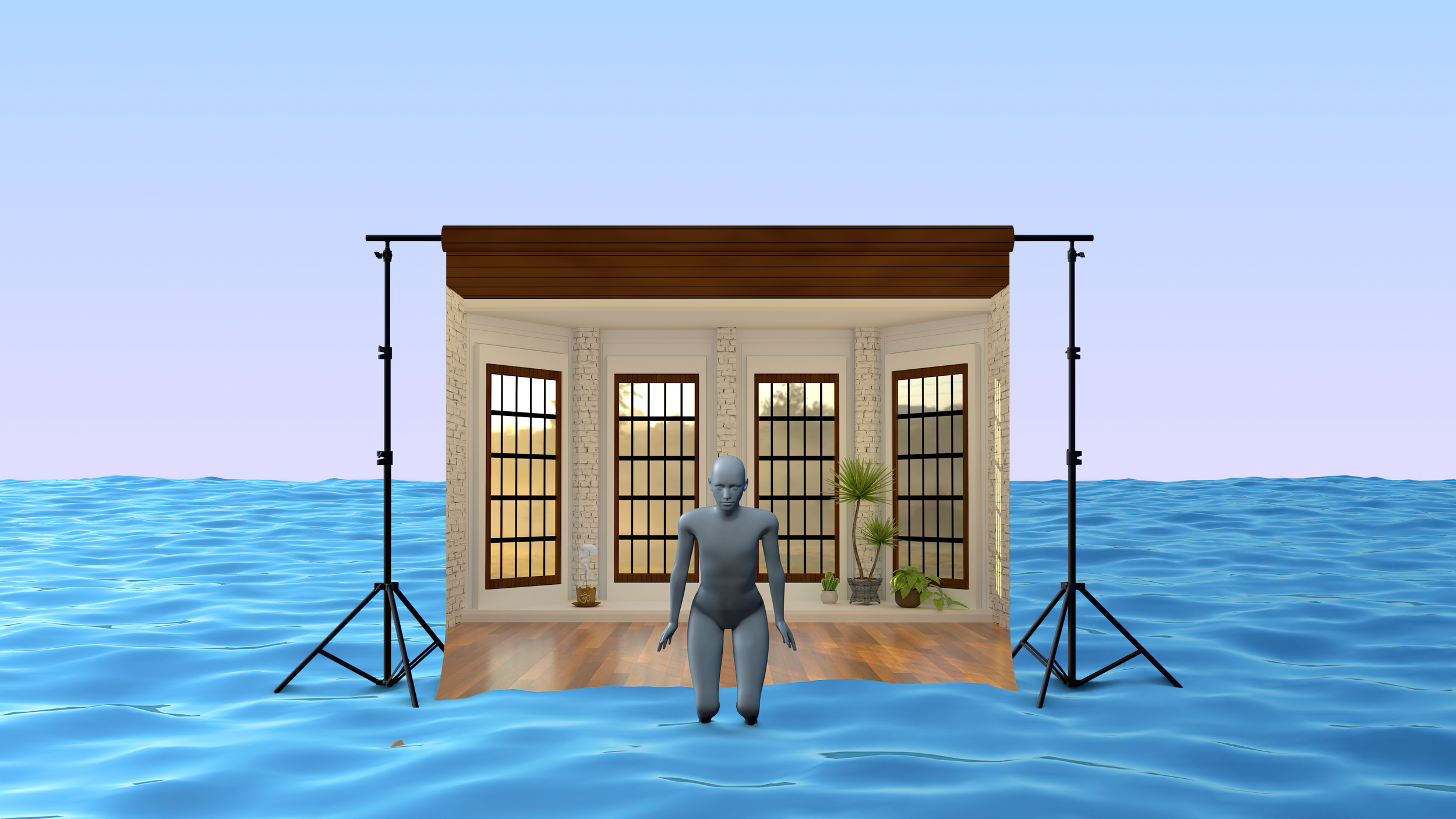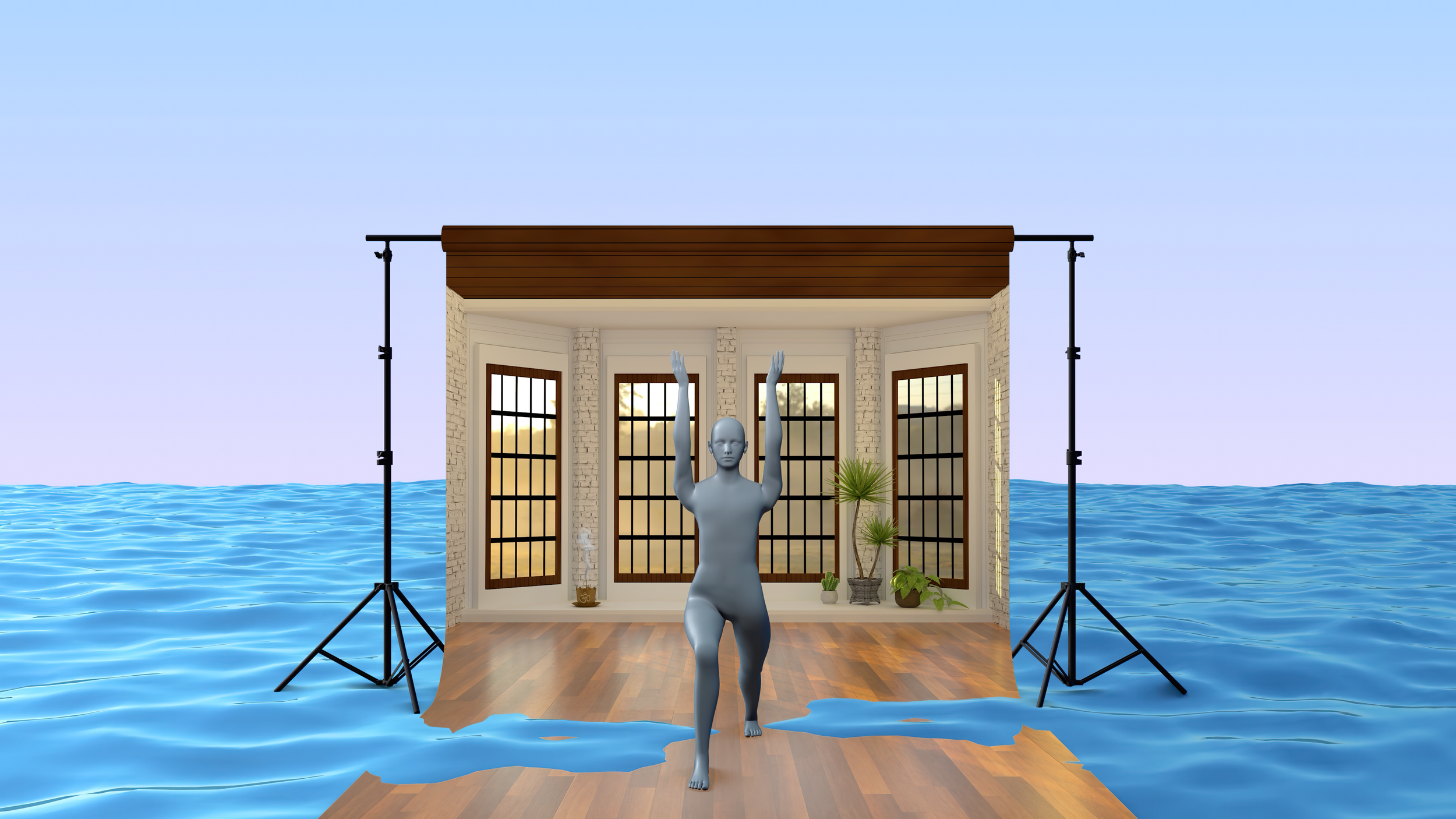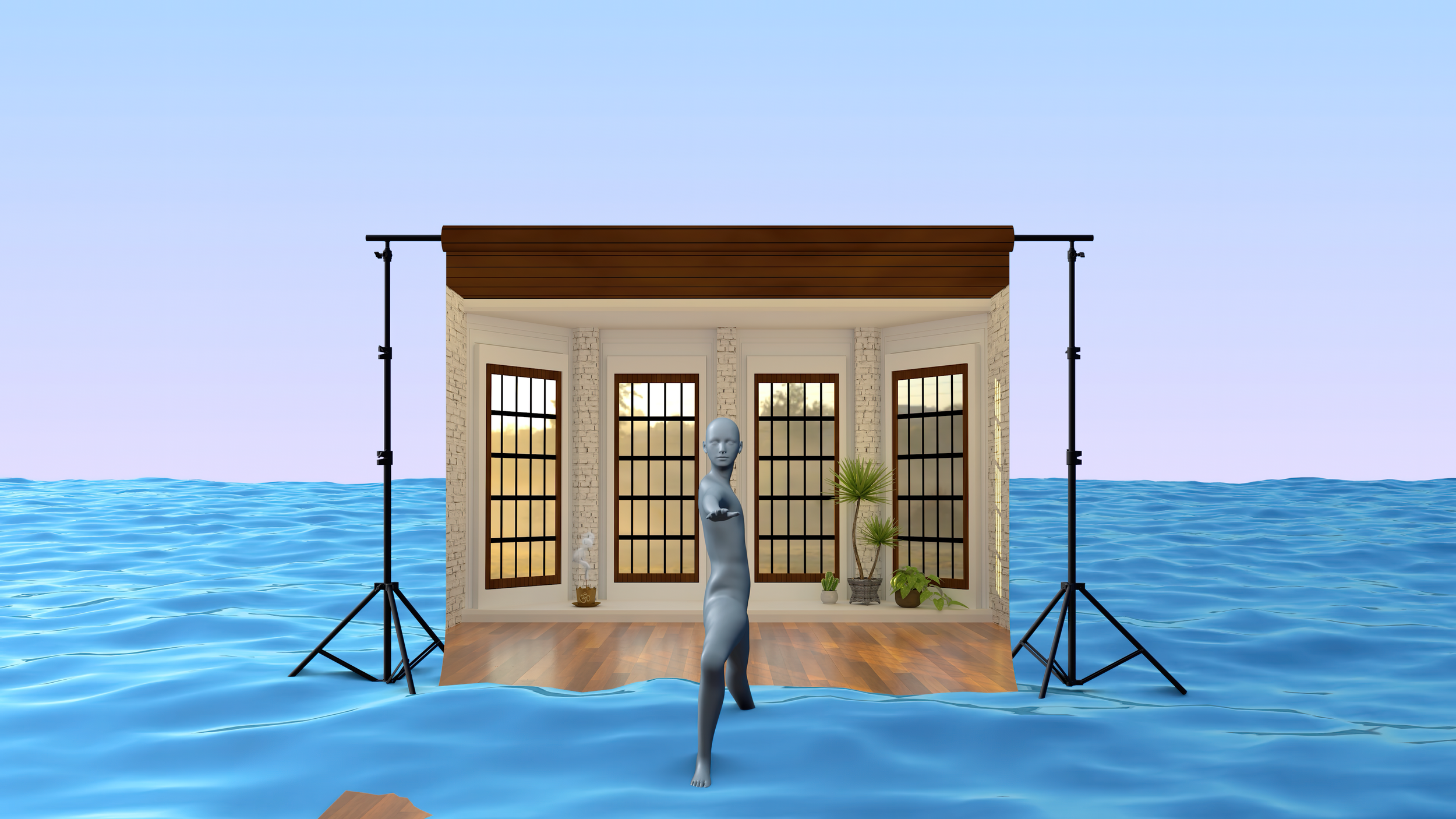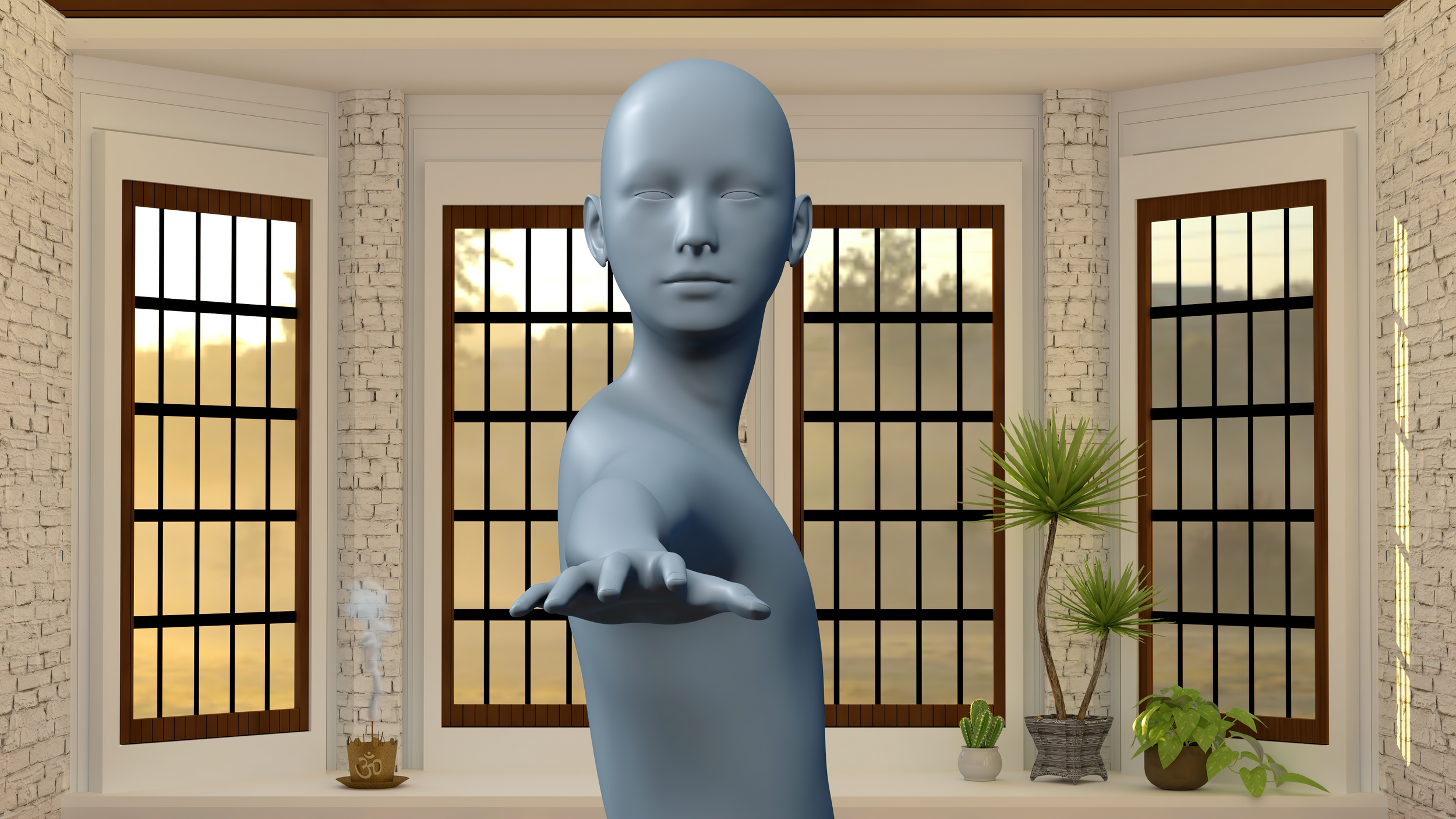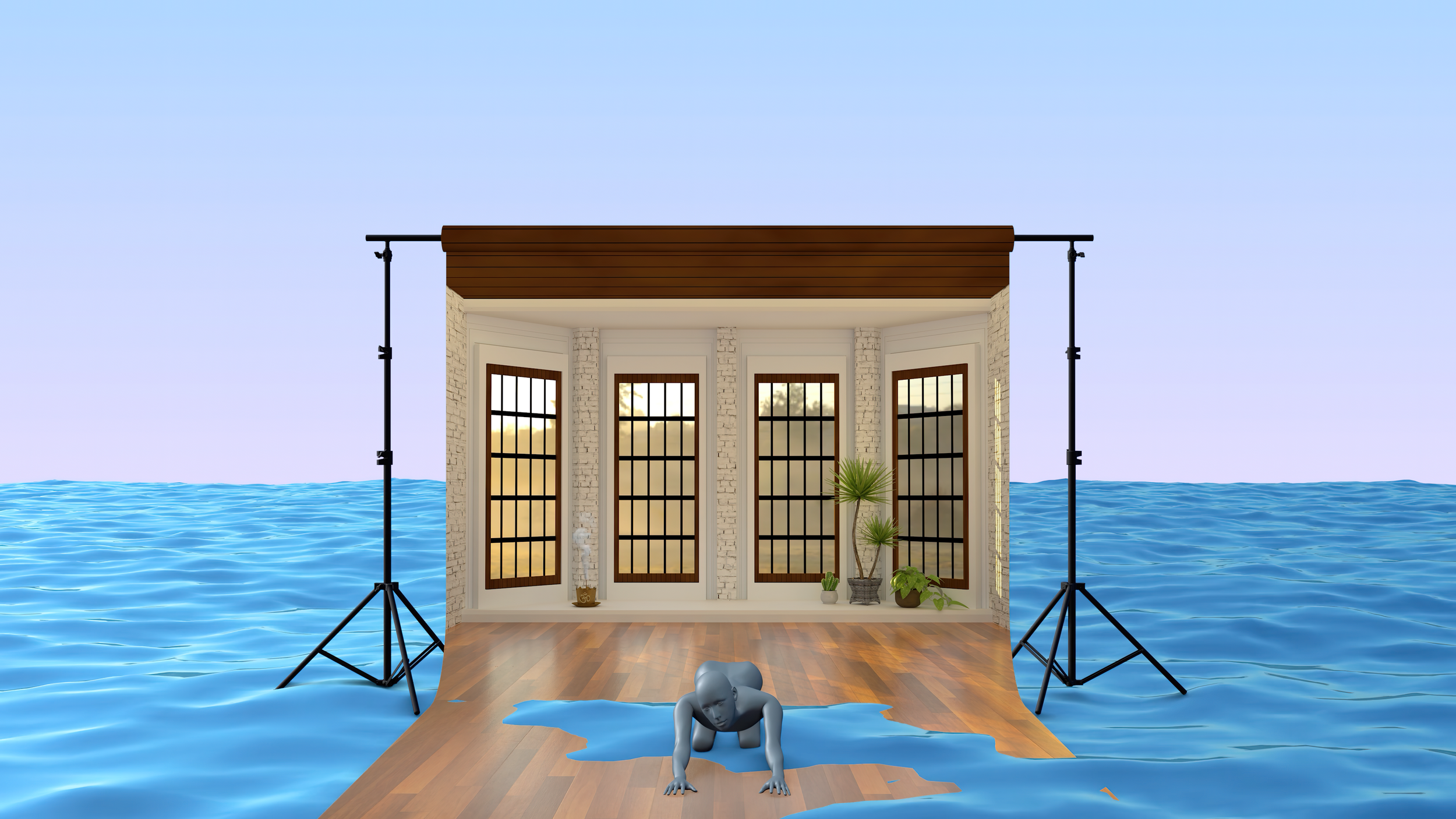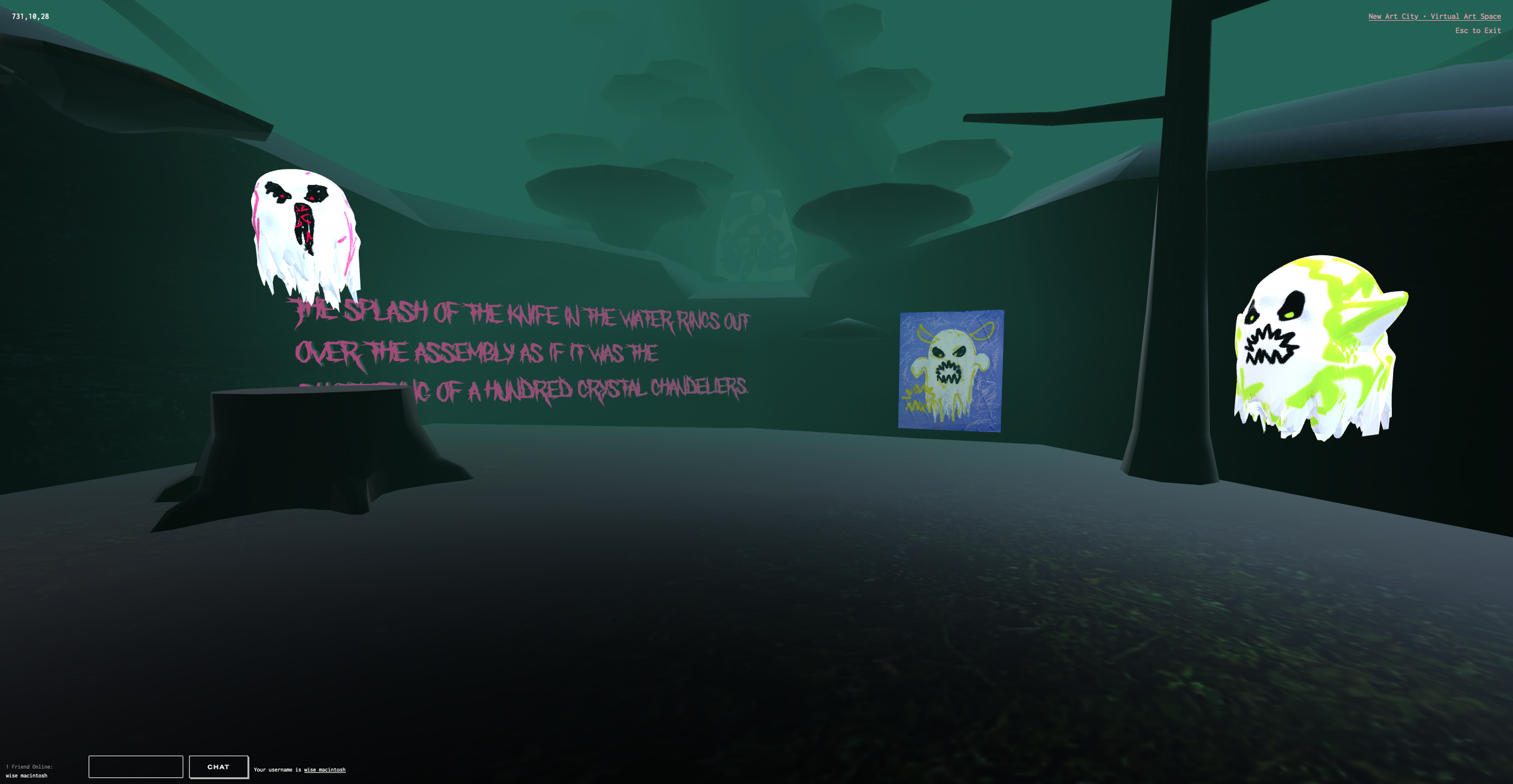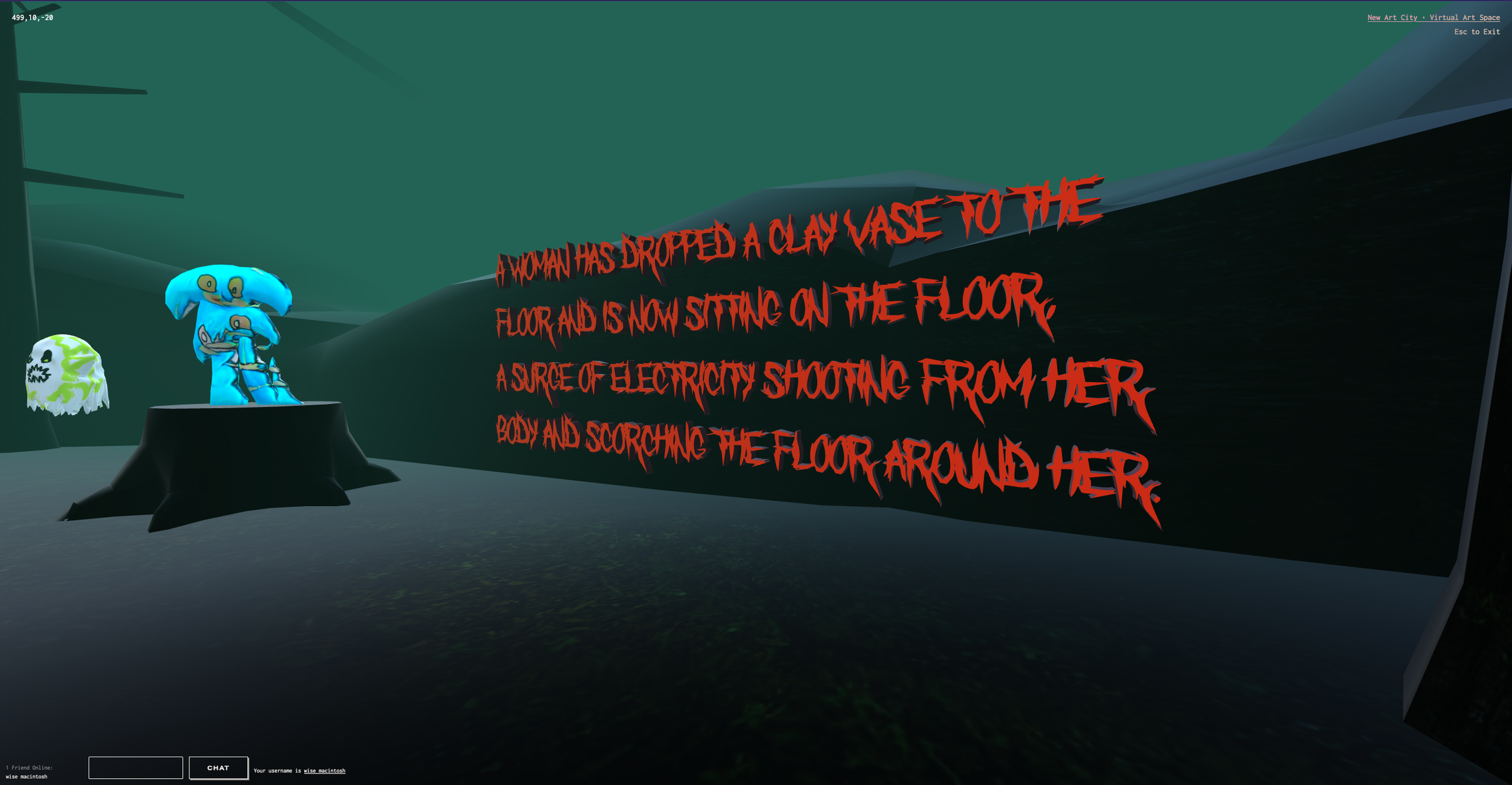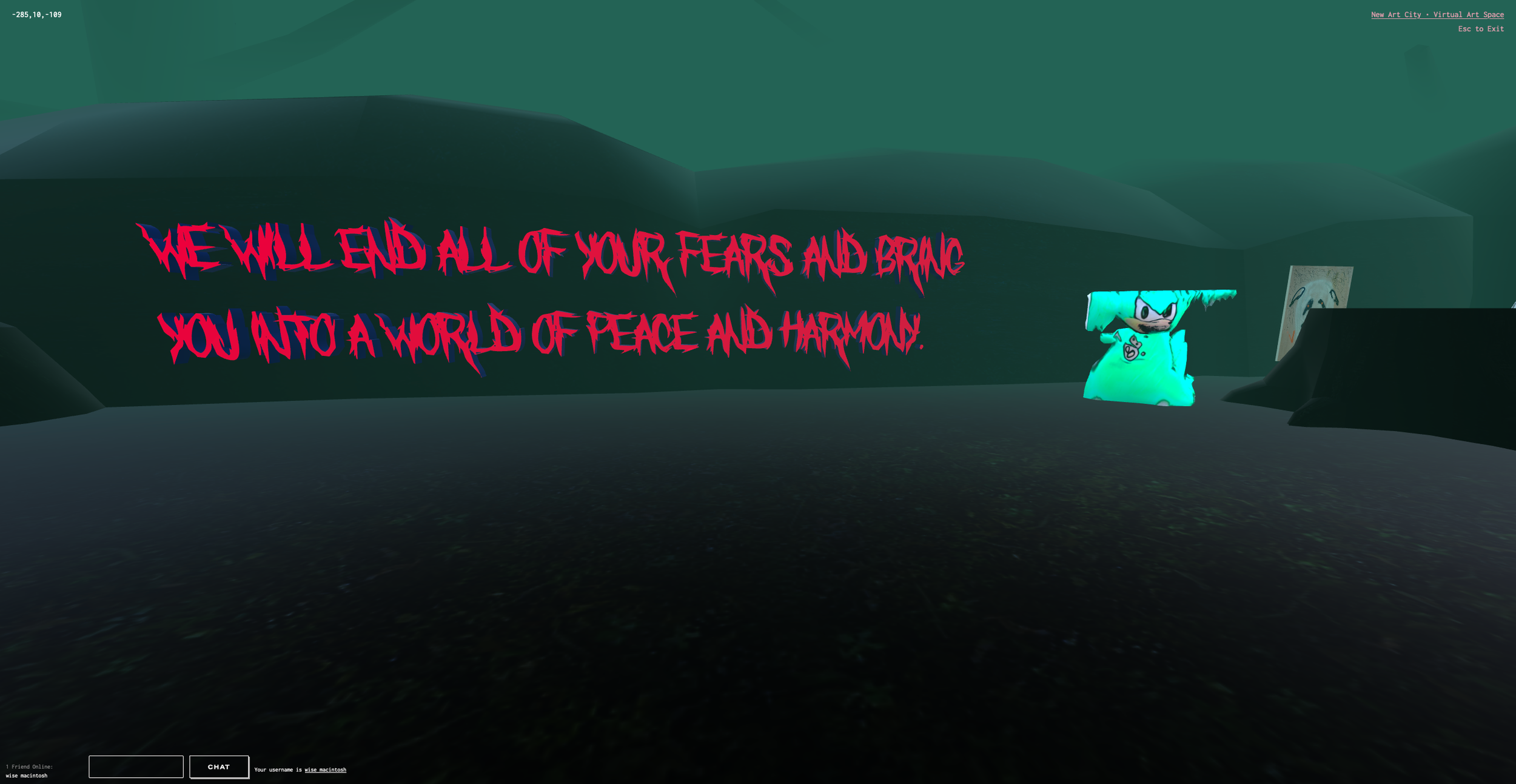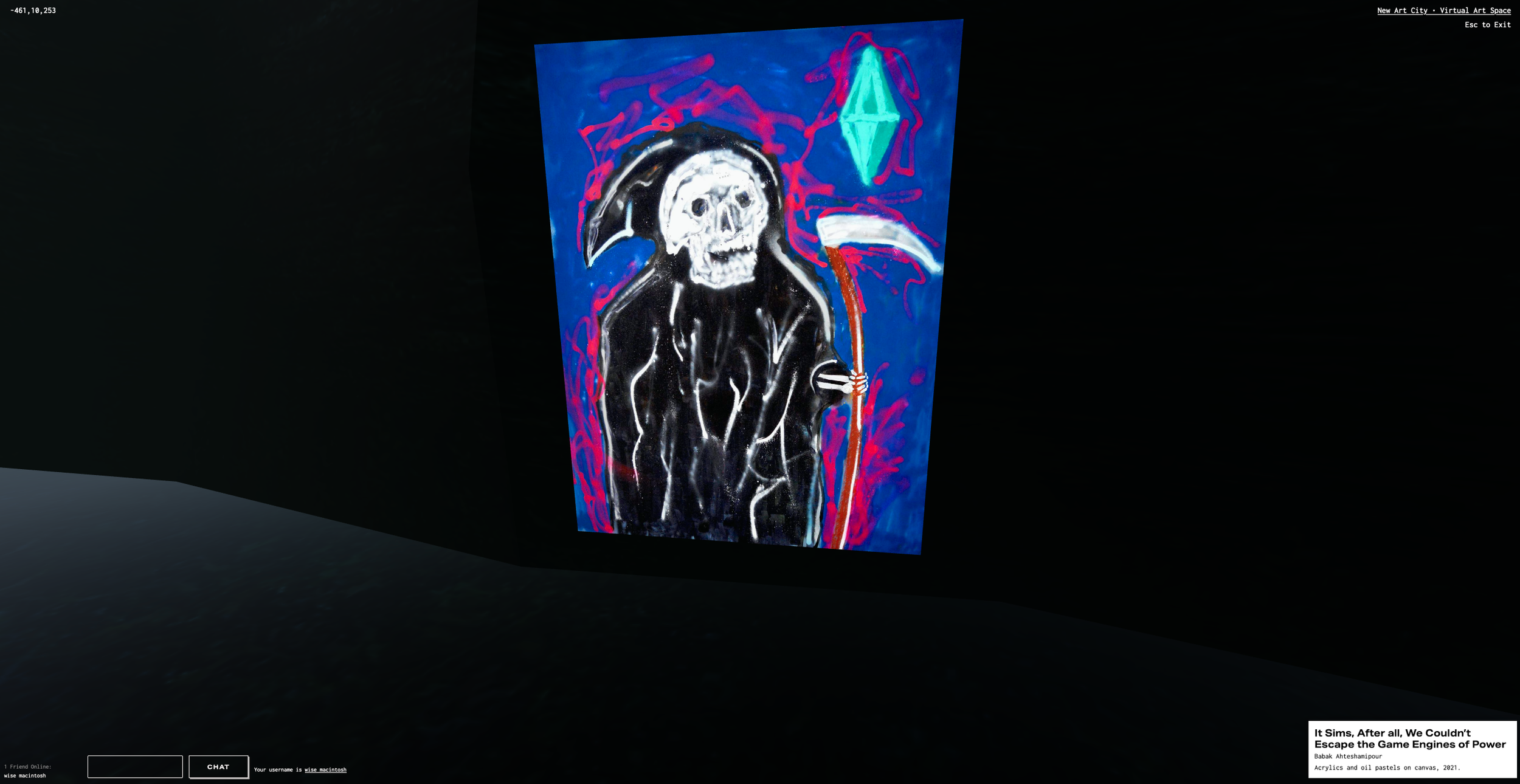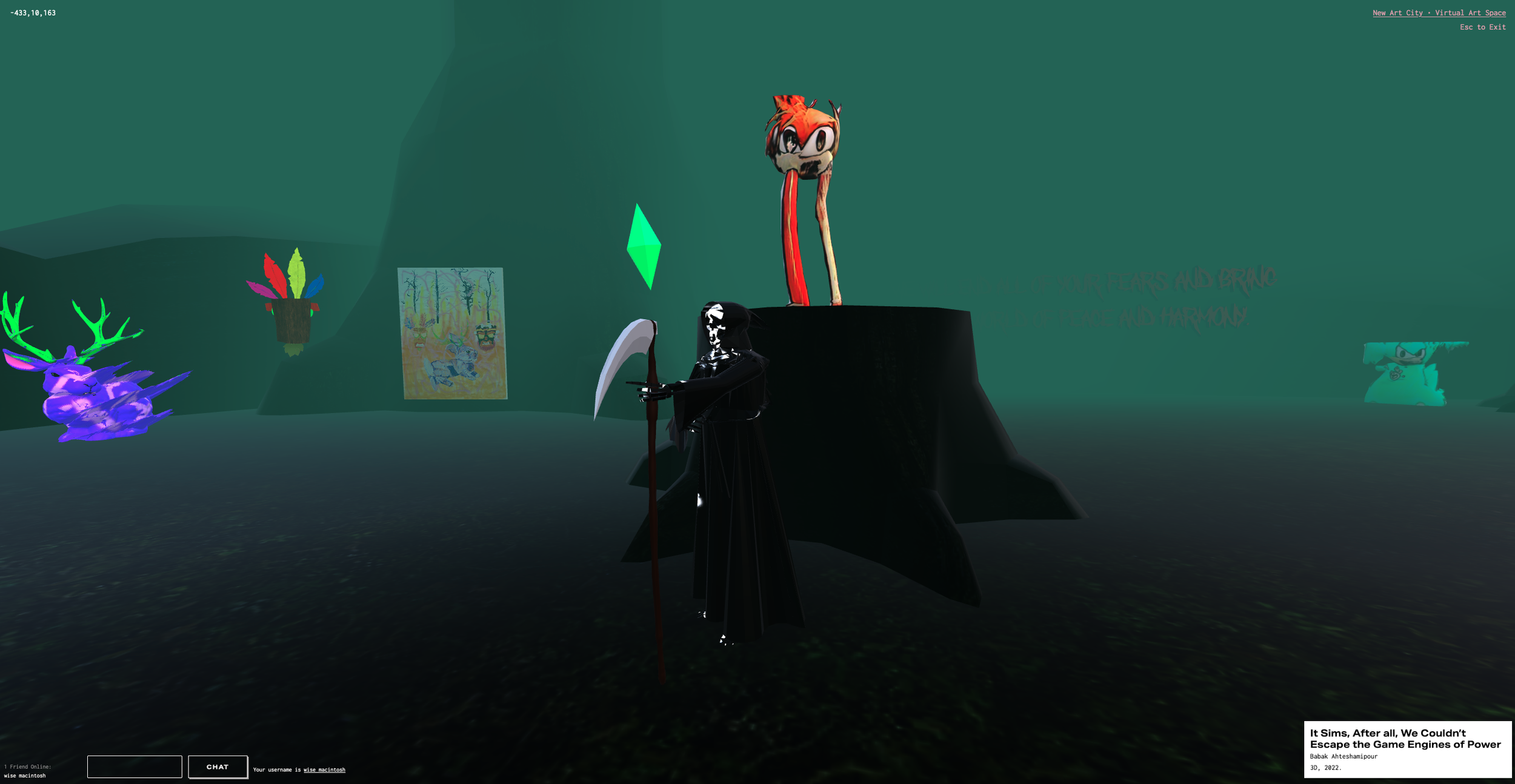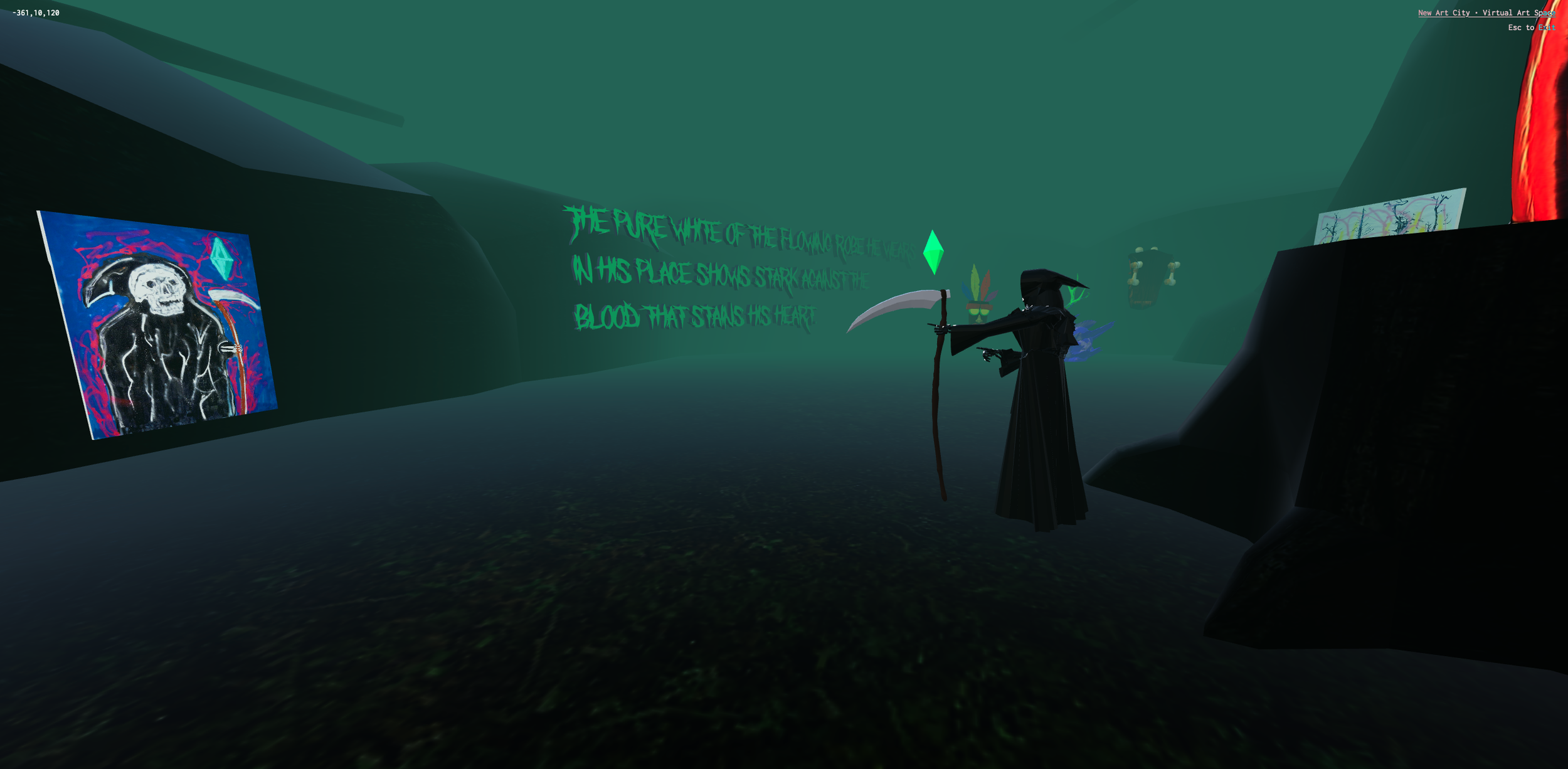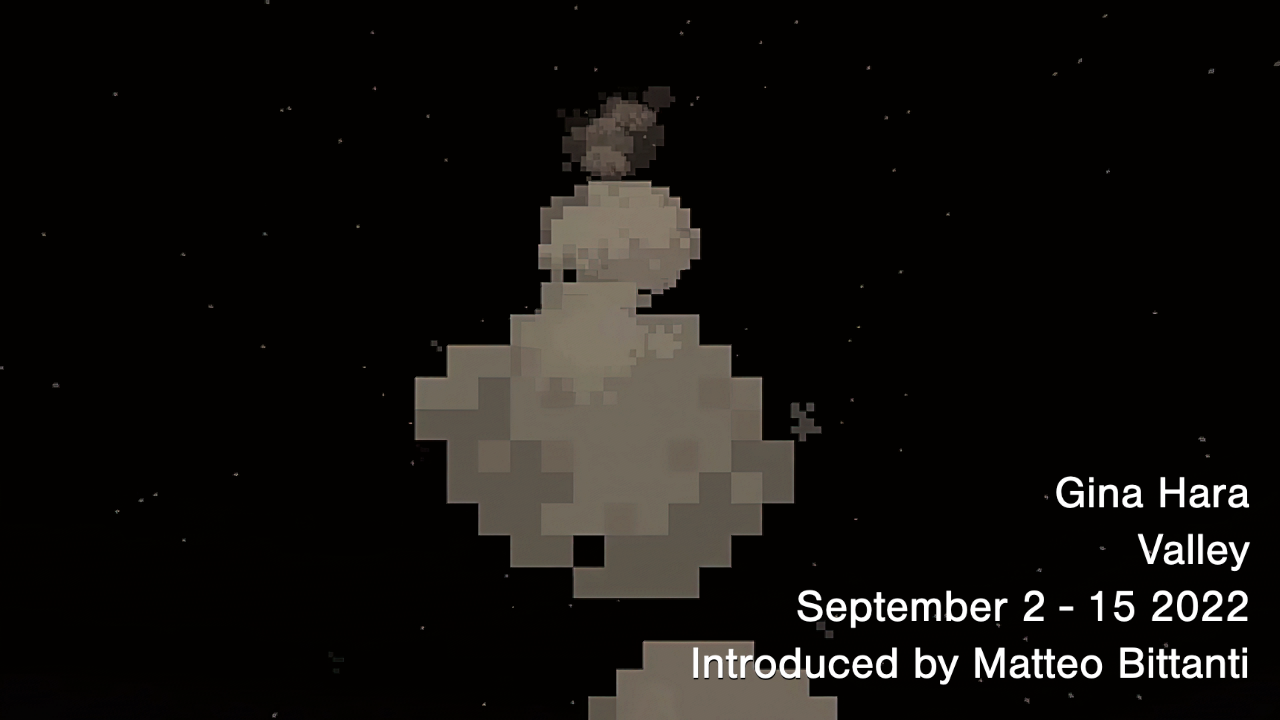We are excited to feature Stefan Panhans and Andrea Winkler’s »If You Tell Me When Your Birthday Is« (Machinima version) at the 2024 edition of the Milan Machinima Festival.
Stefan Panhans and Andrea Winkler’s »If You Tell Me When Your Birthday Is« (Machinima version) merges 3D scanning, CGI, avatars, and motion capture with dialogue reflecting AI-driven communication, all set in a vibrantly constructed virtual world. This absurdist mini-drama, divided into three segments, employs real-time graphics to navigate through surreal landscapes - from a BMX course cluttered with office chairs to an otherworldly forest filled with giant pills. The narrative follows two characters wandering fantastical settings, their dialogue laden with misinterpretations and emotional depth, driven by digital patterns and AI mimesis. These avatars, combining 3D models with the actors’ facial scans, move through a series of visually striking, absurd environments that blur the lines between the digital and the physical. Produced during a fellowship at the Academy of Theatre and Digitality in Dortmund, the film critically examines the intricacies of communication with artificial intelligences that saturate modern life. It intentionally highlights the digital-analog conflict and the charming flaws of integrating these realms, rejecting seamless integration for a portrayal filled with comedic and eerie inaccuracies. Through this, »If You Tell Me When Your Birthday Is« (Machinima version) not only entertains but also probes the complexities of our increasingly digital existence.
Stefan Panhans and Andrea Winkler explore contemporary media and its effects on the mind and body through video, photography, installation, and text. Panhans (born in Hattingen, Germany) undertakes a mental archaeology of hyper mediatization and digitalization, examining their influence on the mind and power relations in society. His work also engages with racism, celebrity worship, stereotypes, and diversity. He studied at Hochschule für Bildende Künste Hamburg. Winkler (born in Fällanden, Zurich, Switzerland) examines similar themes through sculpture, video, and installation. She studied at Slade School of Fine Art in London under John Hilliard and Bruce McLean, after completing a degree in Visual Communication at Hochschule für Bildende Künste Hamburg under Wolfgang Tillmans and Gisela Bullacher. Together, the duo create interdisciplinary works that critically investigate contemporary media culture and human-technology interactions through experimental aesthetics. Their collaborations take the form of video, performance, and installation. Their 2016 video, À Rebours. Mod#1.I, was recently featured on VRAL.
Read more about the 7th edition of the Milan Machinima Festival



